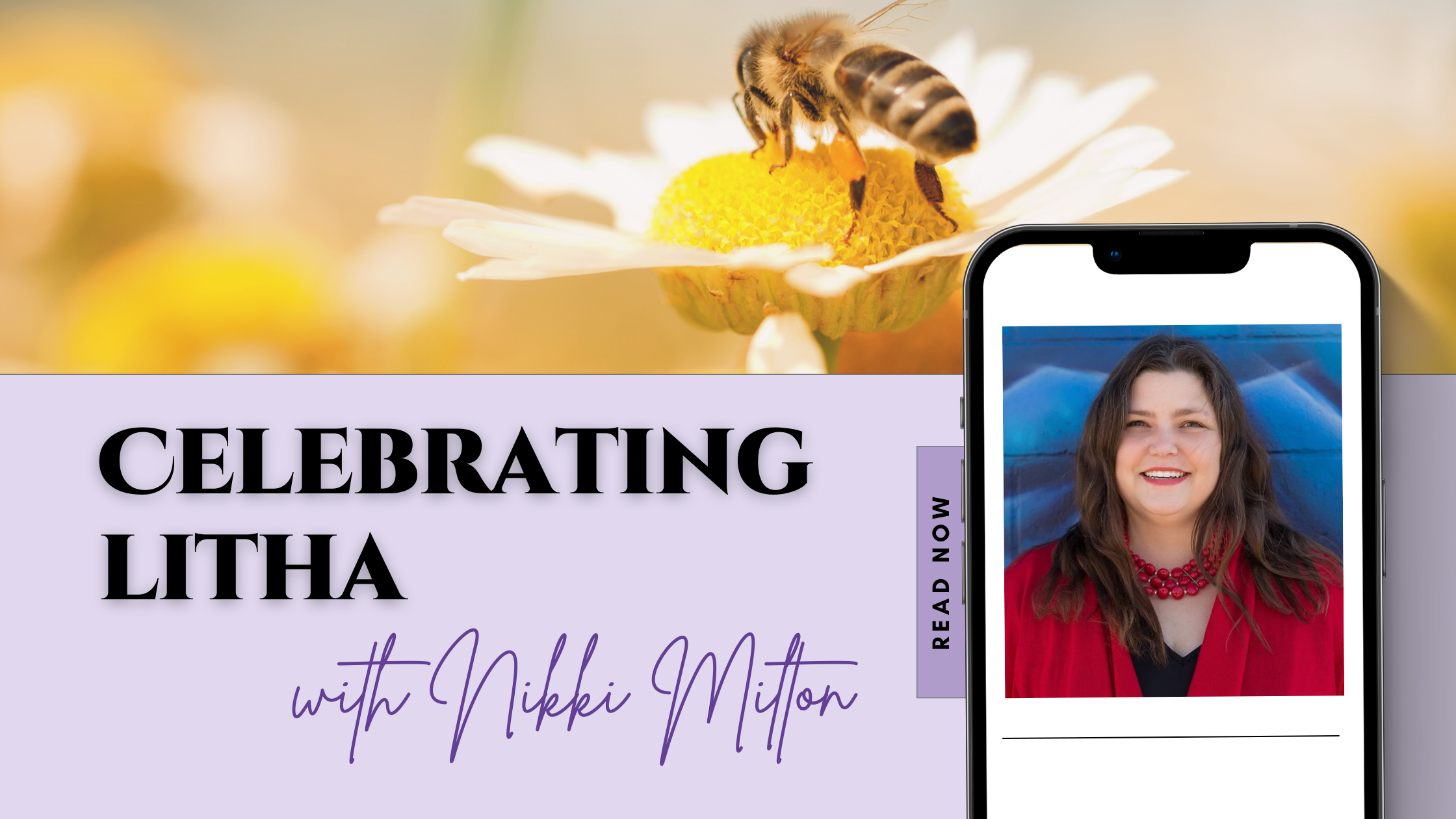Happy Summer Solstice! Let us rejoice as we celebrate and relax in the warm sunshine of Litha.
Many ancient cultures followed the cycles of nature and the changing of the seasons to mark time and to understand the world around them. The four seasons represent different aspects of daily life and were often, but not always, associated with different gods or goddesses.
In many traditional societies, seasonal changes were linked to agricultural cycles, and the planting and harvesting of crops were timed according to the rhythms of nature. In some cultures, the changing of the seasons was marked with ceremonies and rituals that expressed their gratitude for an abundant harvest and honored the gods and goddesses of the earth and sky.
In many indigenous cultures around the world, the changing of the seasons was also marked with ceremonies and rituals that honored the natural world and its cycles. These traditions often emphasized the interconnectedness of all life and the importance of living in harmony with nature.
What is Litha?
Litha is a festival that celebrates the summer solstice, also known as Midsummer. It is a significant holiday in pagan traditions, which draws inspiration from ancient Celtic and Germanic cultures.
What is the Wheel of the Year?
The Wheel of the Year is a modern pagan concept that represents the cyclical nature of time. It is a symbolic representation of the eight major festivals that mark the changing of the seasons throughout the year.
The Wheel of the Year is divided into two halves, each representing the light and dark halves of the year. The first half begins with the winter solstice, which marks the longest night of the year, and continues through the spring equinox and the summer solstice. The second half is the late summer and harvest seasons from the summer solstice, back to the beginning with the winter solstice.
I like to think of the Wheel of the Year festivals as the perfect complement to the celebration of the moon phases. The moon cycles are more feminine in nature, whereas these are sun festivals – the perfect masculine balance to our monthly moon rituals and ceremonies.
As sun festivals, all eight celebrations incorporate enjoying the perks of fire – whether it’s a bonfire or a candle, enjoying a feast with loved ones, and getting outside in nature.
Tell Me More About Litha
Different traditions and individuals may have their own specific customs and rituals associated with Litha, but the overall focus is on celebrating the summer solstice and the vibrant energy of the sun.
Litha is considered a time of transition, where the power of the sun reaches its peak before gradually waning. It is seen as a time of growth and expansion, both in the natural world and in personal and spiritual development. It is also a time to express gratitude for the blessings in life and to set intentions for the future. Many rituals and celebrations during Litha involve bonfires, dancing, singing, and making offerings to nature spirits.
Celebrating Litha
Here are some ways to honor and celebrate Midsummer:
- Light a bonfire: Build and light a bonfire, symbolizing the power and energy of the sun.
- Make a Flower Crown: Create a floral crown or wreath to wear, representing the beauty of nature.
- Spend time in nature: Spend time in nature, whether it’s gardening, hiking, or simply sitting in a park, to appreciate the beauty and abundance of the season.
- Celebrate the Sun: Make sun-themed crafts or artwork, such as sun catchers or paintings, to honor solar energy.
- Candles: Craft and light candles in vibrant colors associated with Midsummer, such as yellow, orange, and gold.
- Create a Litha altar: Set up an outdoor altar or sacred space dedicated to the sun and nature, adorned with seasonal symbols.
- Capture the Wind: Create and hang colorful wind chimes or dreamcatchers outside to capture the essence of Midsummer.
- Mindfulness: Meditate or practice mindfulness outdoors, focusing on the sights, sounds, and sensations of summer.
- Plan an Outdoor Feast: Have a picnic in nature or plan a BBQ to enjoy seasonal fruits, vegetables, and other summer treats.
- Summer Solstice: Make time to celebrate the solstice, even if it’s just taking in the sunrise or sunset that day.
Remember, there is no one “right” way to celebrate Litha, or any of the Wheel of the Year festivals. Follow your intuition and do what feels right for you.
Celebrating Midsummer, also known as the summer solstice or Litha, should be a joyful and vibrant experience. Bonus points for outdoor celebrations, rituals, and ceremonies because they really express appreciation for the sun and warm weather.
Litha is a time for communities to come together and celebrate. Festivals, fairs, and outdoor gatherings are organized with music, dancing, food, and various forms of entertainment. It’s a joyful occasion for people to enjoy the company of friends, family, and neighbors.


